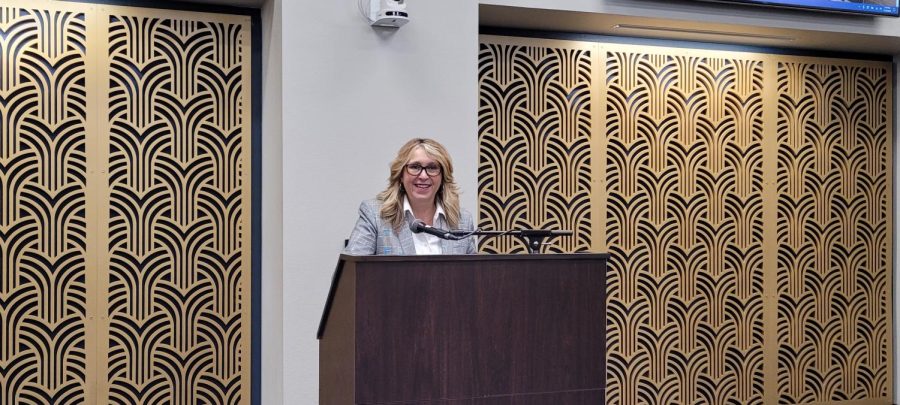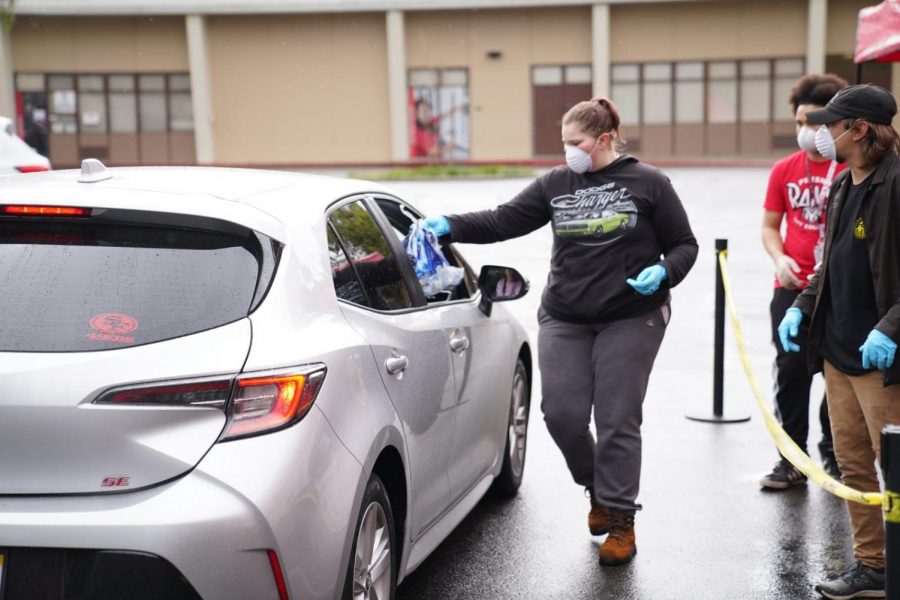Winter has fallen in Connecticut. Snow covers the trees, the birds have migrated south and some halls in Sandy Hook Elementary School remain empty. The children have resumed class, but the building where 20 children and six adults were killed is still a crime scene.
Many are wondering if massacres like Sandy Hook are preventable, and what steps are being taken at Fresno City College to avert mass killings.
Even before the shooting in Connecticut, FCC was in the process of upgrading security around campus through installation of additional technology and training for security officials.
“We’ve increased the ability to contact campus police from classrooms,” said FCC President Tony Cantu about the new phones that are being installed in offices and classrooms throughout campus. If there is a serious emergency on campus, these phones are designed to broadcast an emergency message.
“They have a specific [red] button you push for emergencies, you don’t have to dial,” Cantu said.
Another safety issue that is being reviewed concerns doorknobs. Right now, most classroom doors cannot be locked from the inside. This means a faculty member would have to open the door to lock it, and in the event of a school shooting, he or she is exposed to danger if the shooter is nearby.
In the OAB, doors lock with a deadbolt which means once the instructor steps outside to lock the door, everyone in the hallway exposed to danger and at the whim of a shooter.
Cantu said the college leaders are estimating how much it would cost to refit the affected doors with doorknobs that have alternative locking methods.
Speakers have also been installed to broadcast alerts to the open campus in times of emergency. A recent test of the alerts found some kinks that are still being worked out.
The alert tests revealed issues regarding not being able to understand the message, but Cantu said it’s being worked on.
The campus police officers are also undergoing additional training to deal with emergency situations.
Dan Cervantes, the new State Center Community College District police chief said, “We have ongoing training for police officers here for ‘active shooter’; how to engage ‘active shooter’; how to protect the property; how to protect the staff; how to protect the student.”
The district has an emergency alert system called “First to Know” which is designed to send out text messages to people if there is an emergency. Students and employees must first sign up to receive the alerts.
“Another thing that we’re working on is an E-panic on computer desktops, so if there’s an emergency, [people] can go to that,” Cervantes said.
Cantu stressed the importance of securing the campus, not just because of incidents like Sandy Hook, but because safety of everyone is always a top priority.
“It’s something that needs to be considered; expense is not the issue, it’s student safety; it’s the safety of our staff and faculty.”
Stay tuned for Part II in this safety series: What students can do to be safer on campus.

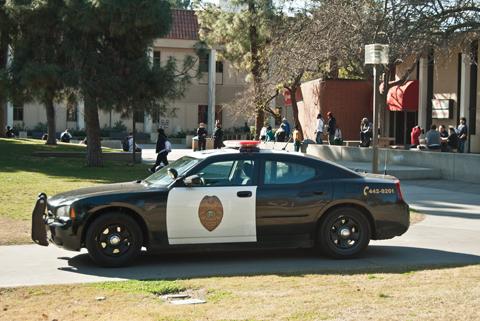

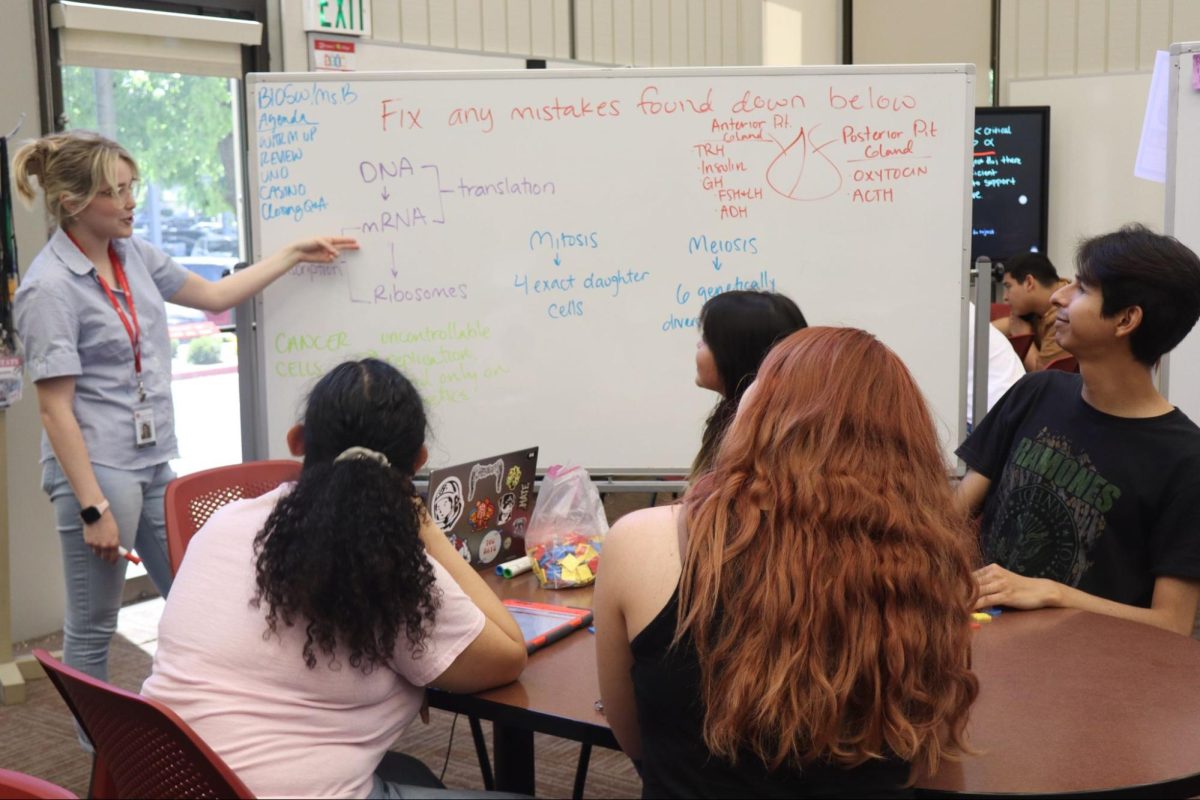


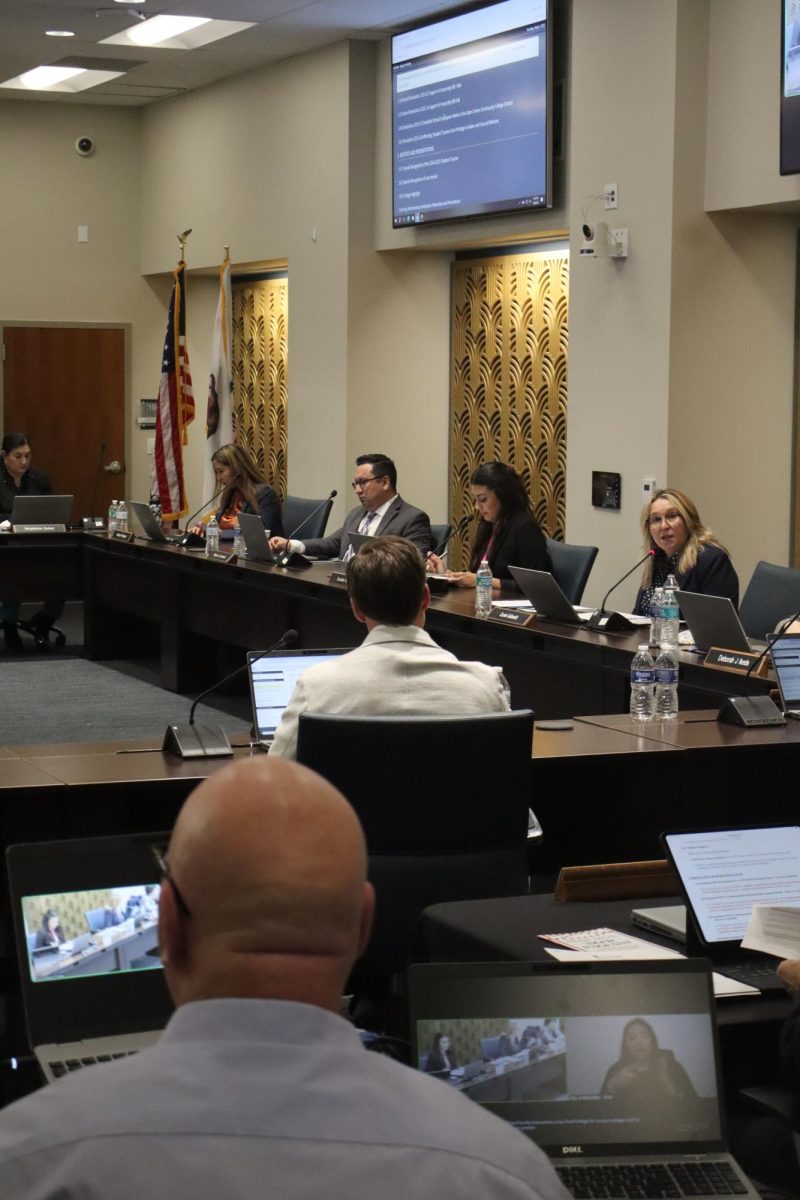
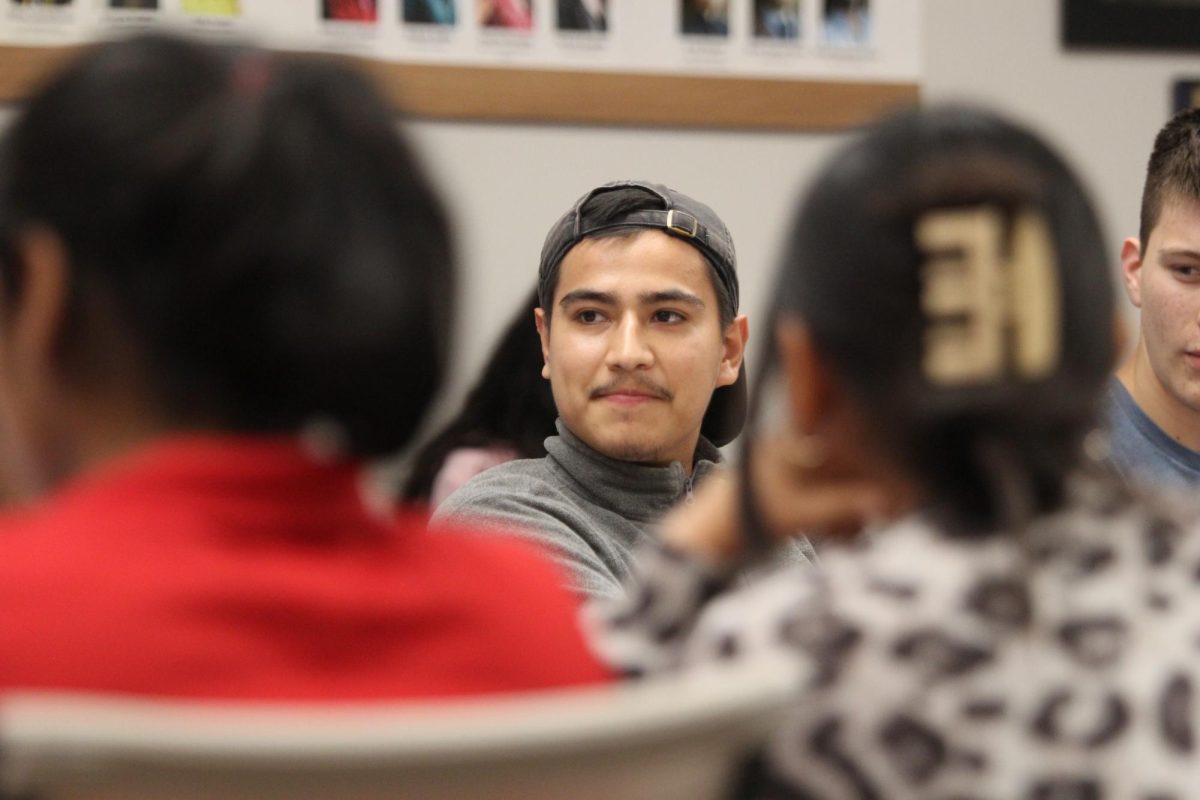

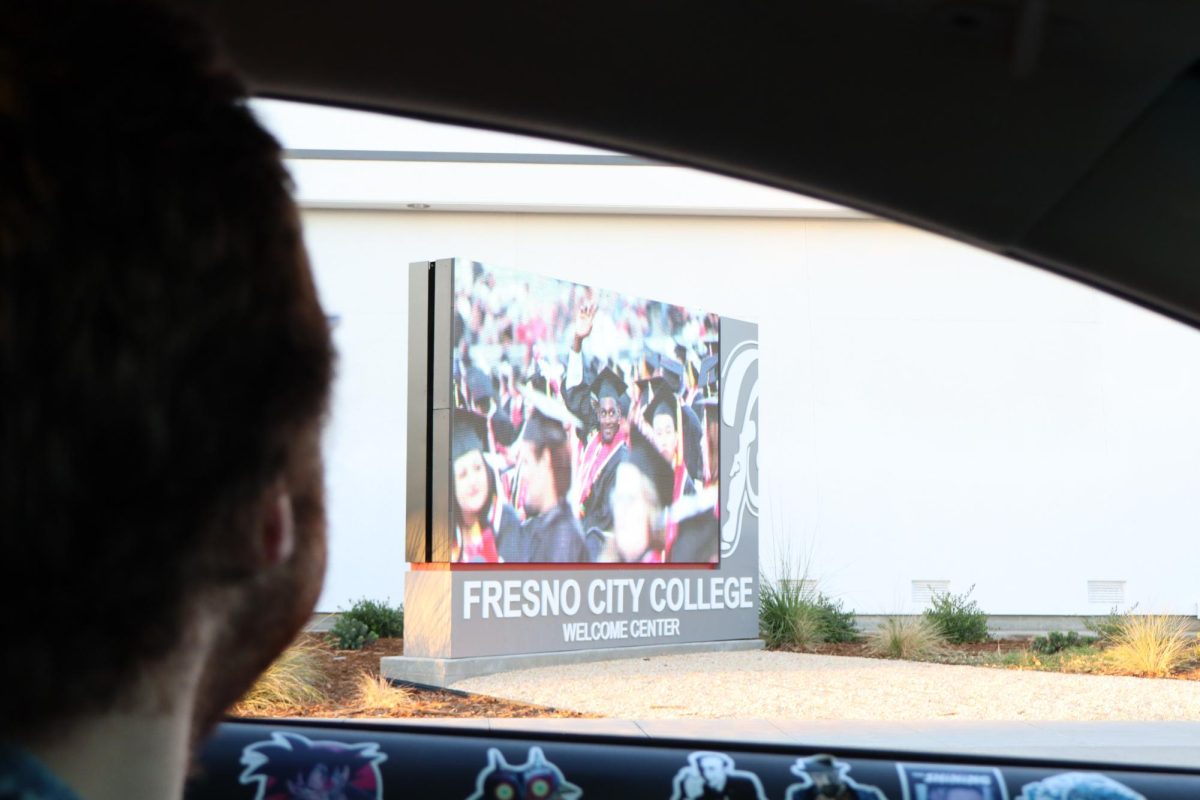
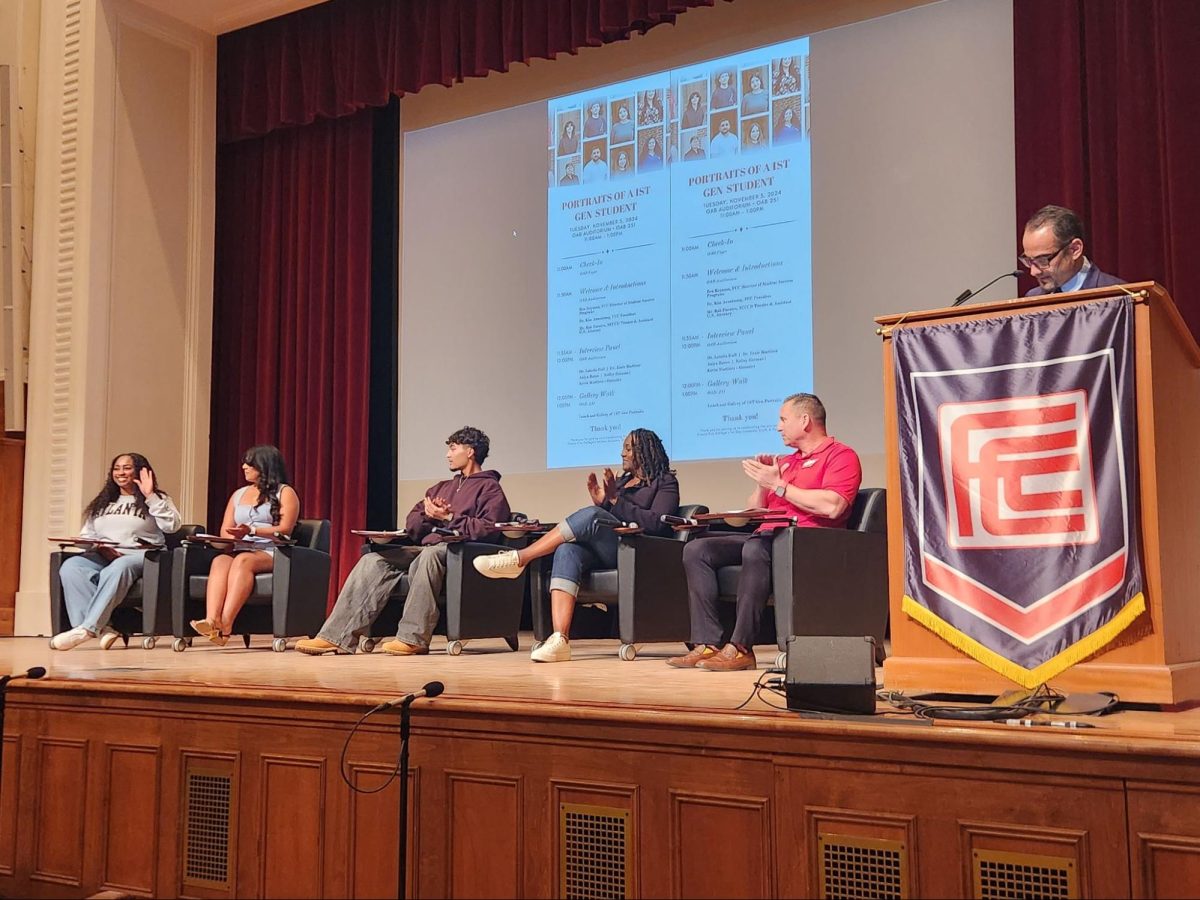


![[File Photo] On Wednesday, Feb. 19 Ed Madec coached what could be his final game as the Ram's head coach against the Reedley Tigers. Madec is currently under investigation for possible violations of CCCAA regulations.](https://www.therampageonline.com/wp-content/uploads/2020/03/Madec-900x600.jpg)


